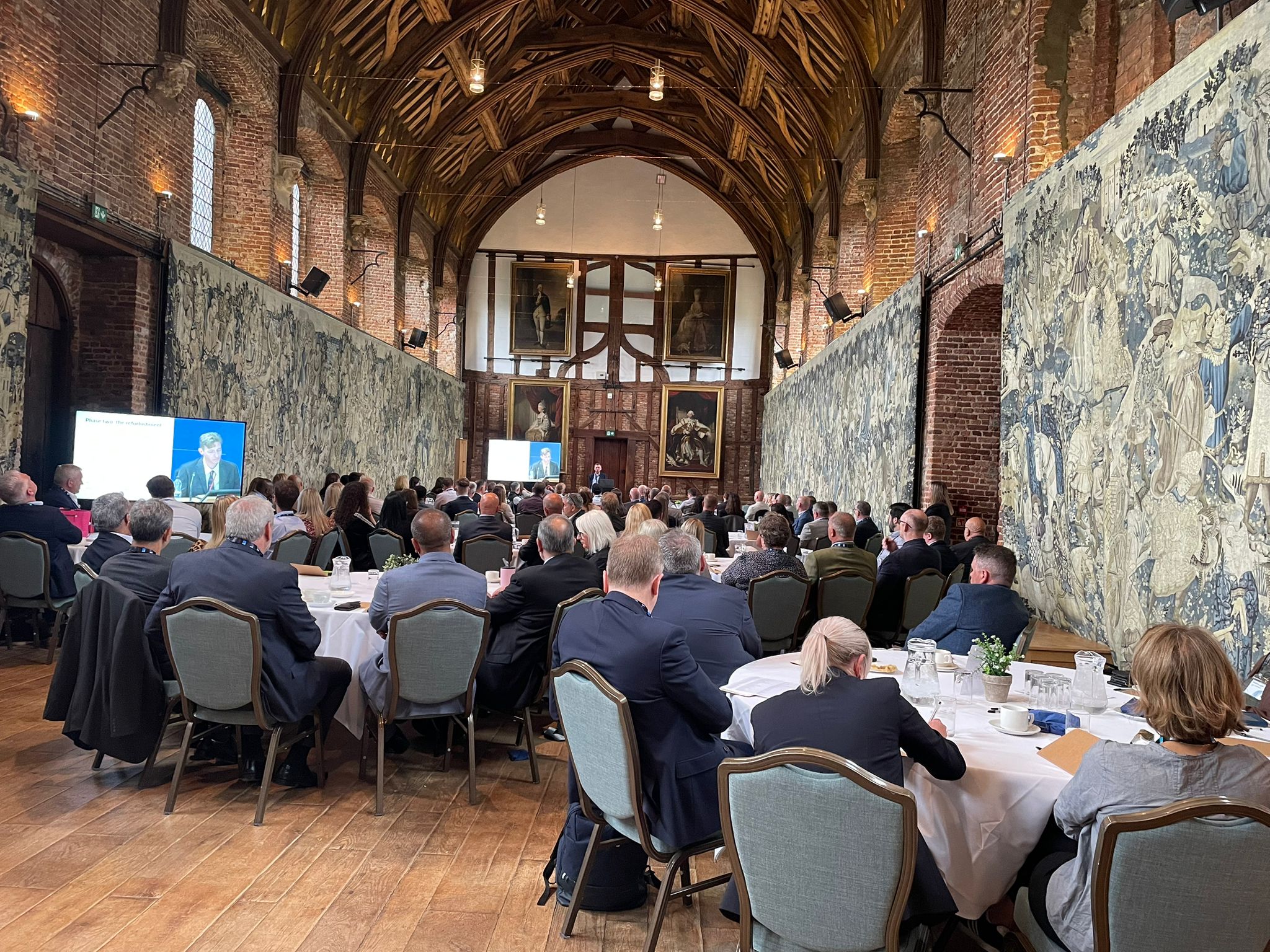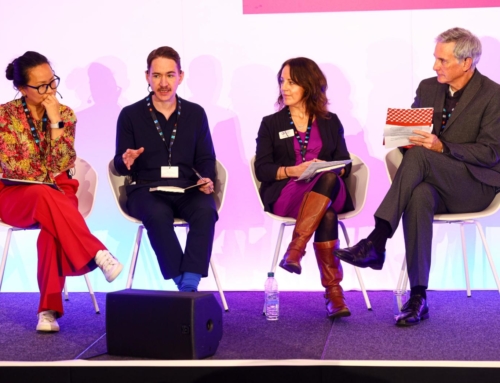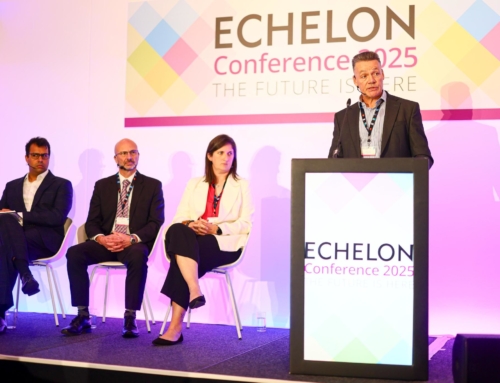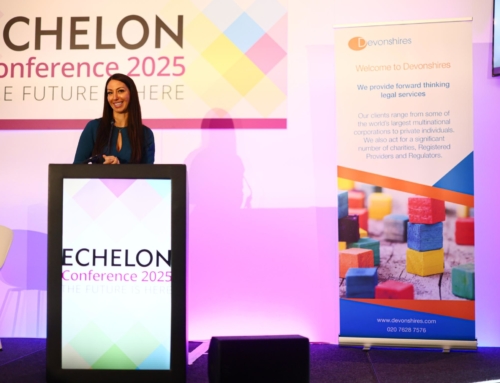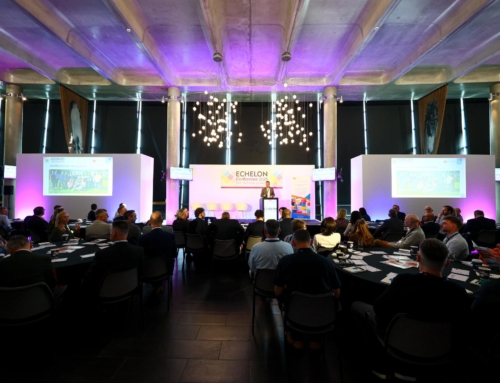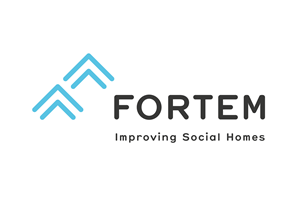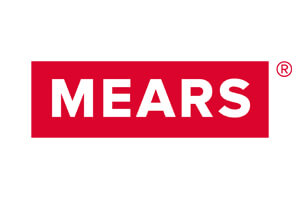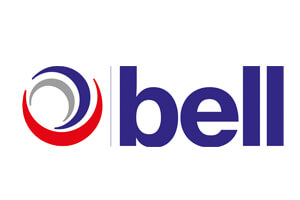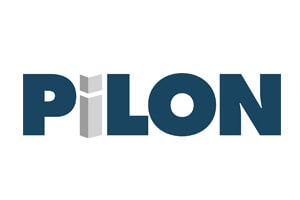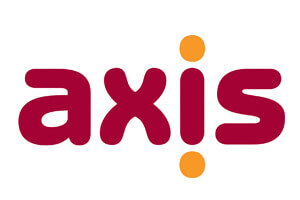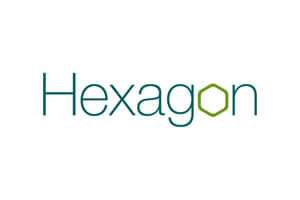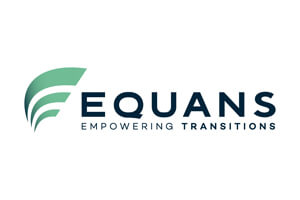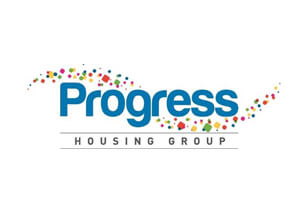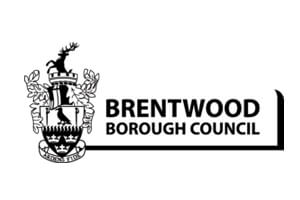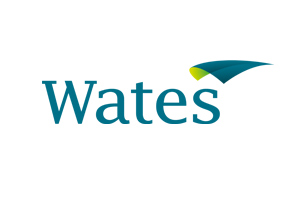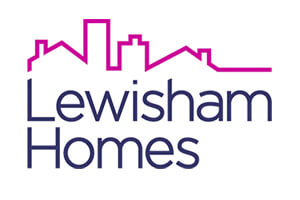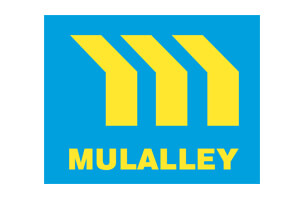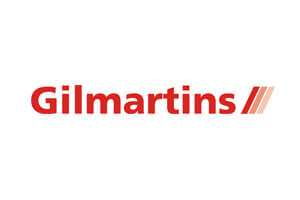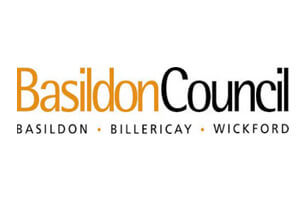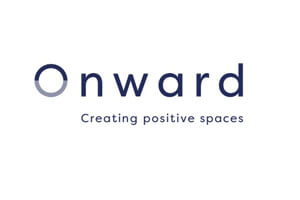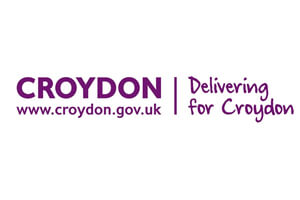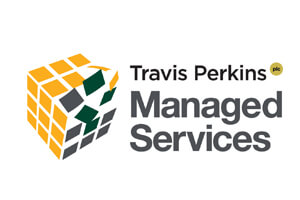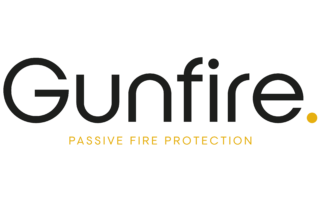Building and fire safety focus for June AMIP
Building and fire safety was the focus of the June AMIP forum, held in the Old Palace at Hatfield House.
Peter Apps author of Show Me The Bodies: How We Let Grenfell Happen started the day, with a sobering presentation about the events that led to the Grenfell Tower tragedy, which started with a fridge fire.
He took delegates through the evidence of both stages of the inquiry, and the decision-making processes of all of the parties involved.
Peter went on to talk about the changes that have been implemented since, the lessons that can be learned, and the changes that still need to be made.
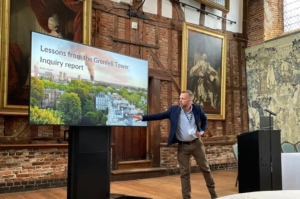
Competency
He was followed by James King, Knowledge Development Lawyer, Devonshires Solicitors, who covered competency and compliance, looking at what is required and how are we managing these requirements.
James explained that a fundamental culture change is needed in how people look at competency and said that despite having been in place for 20 months the Building Regulations 2023 are still presenting difficulties for those trying to put them into practice.
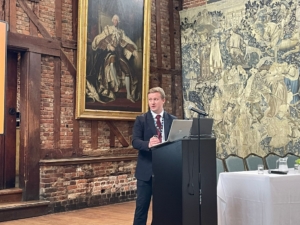
He talked through the dutyholder positions and new duties, key themes for competence, looking at how competency is assessed and how competence requirements are being managed.
He ended by saying that the key takeaway is that competence runs through the entire process, from being client assessments at the outset, to building safety risk assessments of high-rise buildings during their whole lifecycle.
Building safety insurance landscape
Daniel White, Sales Director, Consort Insurance, spoke about the challenges of the insurance landscape in the building safety environment and how to navigate them.
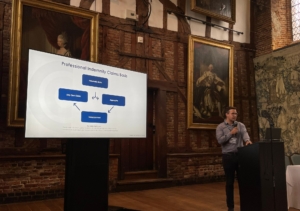
He covered understanding Professional Indemnity insurance and efficacy, outlining who should consider Professional Indemnity insurance. He also talked about working with bona fide sub-contractors and getting the most from a renewal exercise
History of the Old Palace
During the lunch break Dermot Burke gave a fascinating presentation on the history of the Old Palace, which was built around 1485 by the Bishop of Ely, John Morton, and later acquired by Henry VIII, who used it as a nursery for his three children.

Lunch was followed by a series of case studies focused on building safety projects, which looked at the challenges facing the sector and highlighted best practice.
Customer engagement
James Finch, Head of Fire Safety, and Luke Driscoll, Asset Management and Sustainability Director, The Hyde Group, joined forces with Jamie Nalton, Head of Public Sector, CLM Fireproofing.
They covered the importance of customer engagement throughout the lifecycle of Fire Risk Assessment projects.
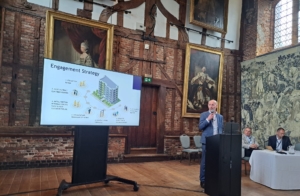
They outlined successful ways of working, including working with vetted delivery partners, and having consistency in project teams, programming works in order to effectively plan resources, and minimise cost time, and resident disruption, and the importance of communication and social value.
They talked through a recent large-scale loft barrier works project, showcasing the role that continued resident engagement and communication has played in its success, from a resident-forum breakfast and pre-engagement to reducing the number of trades and new operatives on site to build trust and familiarity for the vulnerable residents
Social Value in the world of building and fire safety
Tom Laws, Managing Director, Gunfire, outlined how the company has been working with Phoenix Community Housing to deliver social value on a fire safety project and why SMEs must prioritise social value initiatives across all areas of the business.
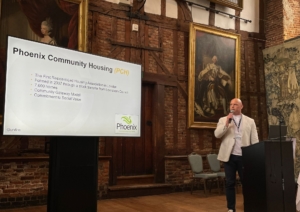
He spoke about taking social value from a buzz word and delivering meaningful change and how small, consistent actions can make a real difference to people’s lives.
Navigating the Building Safety Regulator
Finally Global HSE’s Managing Director Andrew Cooper and BSR Coordinator Zak Bemrose, and bpha’s Building Safety Manager, Chris Dunn, focused on navigating the Building Safety Regulator, with insights from their experience.
They talked about inconsistencies and a lack of prescriptive guidance, as well as delays in the process, and the impact this is having on delaying safety-critical works.
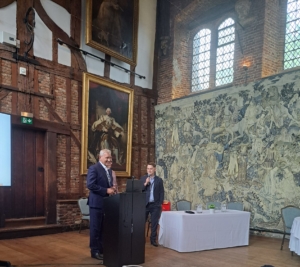
They gave some real-world examples and outlined the navigation strategies that they have put in place.
While the Building Safety Regulator is a good idea in theory, they said that in practice, it lacks maturity, resources, and agility, and therefore safety is being delayed, not delivered, calling for better engagement between industry and the regulator
Gateway overview
Partner at PRP, Andrew Mellor, gave an overview of the Gateway 2 process, exploring the reasons for delays in the process and explaining what good looks like in the final presentation of the day.
He explained about the role of the Building Safety Regulator (BSR) and talked about timescales for the Gateway process, saying that both the BSR and industry are blaming each other for delays.
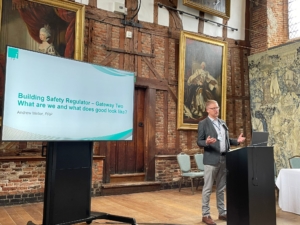
Both are correct, he said, as it is a split responsibility, and while the BSR hasn’t got enough resource to deliver, there is also a lack of understanding of the legislation within the sector and many poor-quality submissions had been submitted.
And while we cannot do anything about BSR delays, there are steps that the sector can take, he said such as:
- Improving the quality of applications
- Upskilling client staff so they are competent
- Employing properly capable and competent consultants and contractors
- Clients should check ALL documentation for consistency and basic errors to save determination time and fees
- Standard supporting document templates
- Building additional time into project programmes
- Anticipating change in regulations using Government consultations
Proving ethical behaviour
The event concluded with a Q&A chaired by Holly Watson, Associate Director of Safety Management, Frankham Risk Management Services, where speakers from throughout the day were joined by Aman Sharma, MBE, member of the Building Safety Regulator’s Building Advisory Committee, and CEO of Totus Digital.
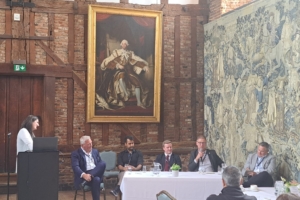
Attendees asked questions on topics including:
- Competency statements and how to prove ethical and moral behaviour
- Is there anything that can be done to speed up the Gateway Two process?
- Prioritisation of non-emergency works
- Is there a requirement/responsibility for contractors/designers to ensure client competency?
- Is there anything in place to help with the BSR approval process, as there is such a big backlog.
Read in-depth coverage of Peter Apps’ presentation here.
